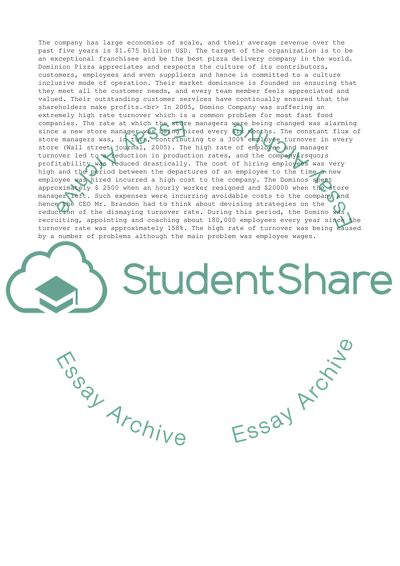Cite this document
(Organizational Behavior: Domino's pizza Research Paper, n.d.)
Organizational Behavior: Domino's pizza Research Paper. Retrieved from https://studentshare.org/management/1839056-organizational-behavior-dominos-pizza
Organizational Behavior: Domino's pizza Research Paper. Retrieved from https://studentshare.org/management/1839056-organizational-behavior-dominos-pizza
(Organizational Behavior: Domino'S Pizza Research Paper)
Organizational Behavior: Domino'S Pizza Research Paper. https://studentshare.org/management/1839056-organizational-behavior-dominos-pizza.
Organizational Behavior: Domino'S Pizza Research Paper. https://studentshare.org/management/1839056-organizational-behavior-dominos-pizza.
“Organizational Behavior: Domino'S Pizza Research Paper”, n.d. https://studentshare.org/management/1839056-organizational-behavior-dominos-pizza.


